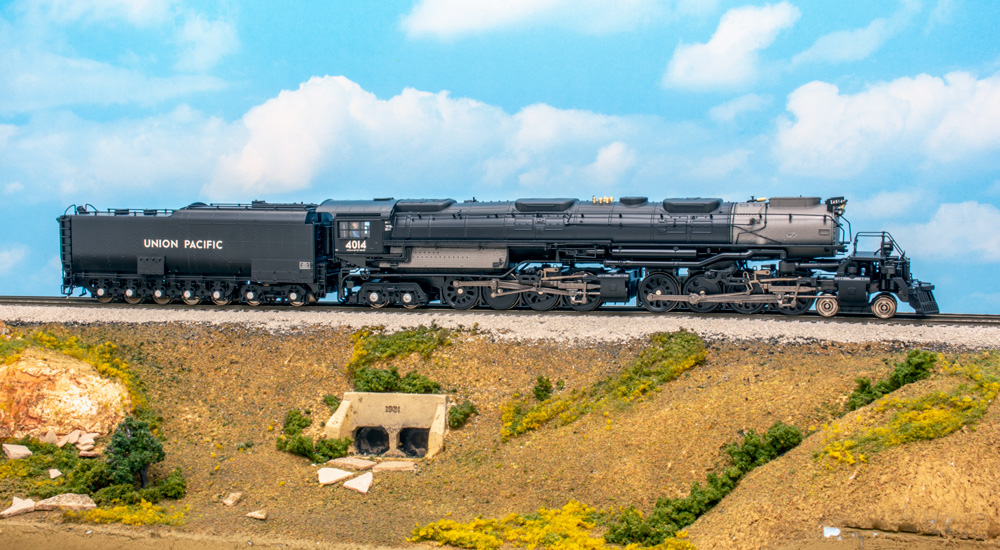
If you’ve ever tried to run a big locomotive around a small radius curve of track, you probably realized that the minimum recommended track radius is still too small for a lot of rolling stock. Long-wheelbase steam locomotives, in particular, have trouble staying on the rails when the curve is too sharp. Model railroad manufacturers do their best to design their locomotives to handle the smallest radius they can, but when you’re dealing with a prototype like the Big Boy pictured above, there’s only so much they can do.
The National Model Railroad Association’s (NMRA) Recommended Practice RP-11 covers steam locomotives and curve radius. This RP classifies model locomotives by the number and size of drive wheels and recommends a minimum operating radius based on the class it falls into.
The smallest category of steam locomotive under the NMRA’s standards is Class E. (Only streetcars and interurbans fall into classes A through D.) Class E covers locomotives with four-coupled drivers, such as 4-4-0 Americans and dockside switchers, with a wheelbase of 9 feet or less. These can handle the tightest curves, which the NMRA says is appropriate for small, old-time model railroads.
Low-drivered freight engines with wheelbases up to 11 feet, like 2-6-0 Moguls, are Class F. Six-driver passenger locomotives with larger drivers and longer rigid wheelbases go up to category I. Eight-driver engines range from Class G to N, depending on their driver size and wheelbases. Steam engines with 10 drivers start at Class I, the largest the NMRA recommends for branch and feeder lines, up to Class P. Twelve-driver locomotives sit alone in category Q, calling for the largest radius curves.
| Class | Number and size of drivers | Rigid wheelbase | Minimum radius, O scale | Minimum radius, S scale | Minimum radius, HO scale | Minimum radius, N scale |
| E | 4, 51” | 9’ | 25” | 19” | 14” | 7.5” |
| F | 6, 60” | 11’ | 30” | 22.5” | 16.5” | 8.875” |
| G | 6, 68”
8, 45” |
12’-6” | 32.5” | 24.5” | 18” | 10” |
| H | 6, 61”
8, 51” |
14’ | 36.5” | 27.5” | 20” | 11” |
| I | 6, 82”
8, 54” 10, 41” |
15’ | 40” | 30” | 22” | 12” |
| J | 8, 58”
10, 43” |
16’ | 41.5” | 31” | 23” | 12.5” |
| K | 8, 62”
10, 46” |
17’ | 44” | 33” | 24.5” | 13.25” |
| L | 8, 67”
10, 51” |
18’-6” | 48” | 36” | 26.5” | 14.5” |
| M | 8, 74”
10, 56” |
20’-6” | 53.5” | 40” | 29.5” | 16.125” |
| N | 8, 80”
10, 60” |
22’ | 58” | 43.5” | 32” | 17.375” |
| O | 10, 68” | 25’ | 65.5” | 49” | 36” | 19.625” |
| P | 10, 74” | 27’ | 72” | 54” | 40” | 21.5” |
| Q | 12, 67” | 30’-6” | 80” | 60” | 44” | 24” |
There are a few exceptions to this table:
- Steam locomotives with “centipede” tenders should be classified by the length of the tender’s rigid wheelbase if it’s longer than that of the engine.
- Articulated locomotives, like the Big Boy, should be classified four ranks higher than their longest set of drivers would indicate.
- But non-articulated duplex locomotives, like the Pennsylvania RR’s T-1, should be classified based on their overall rigid wheelbase (25’-3”, putting them in Class O).
- Steam locomotives with “blind” (flangeless) center drivers, like many models of the 2-10-0 Decapod, can be classified one rank lower. (But before you go filing the flanges off your steam engine’s drivers, read this article on why I don’t think it’s necessary.)
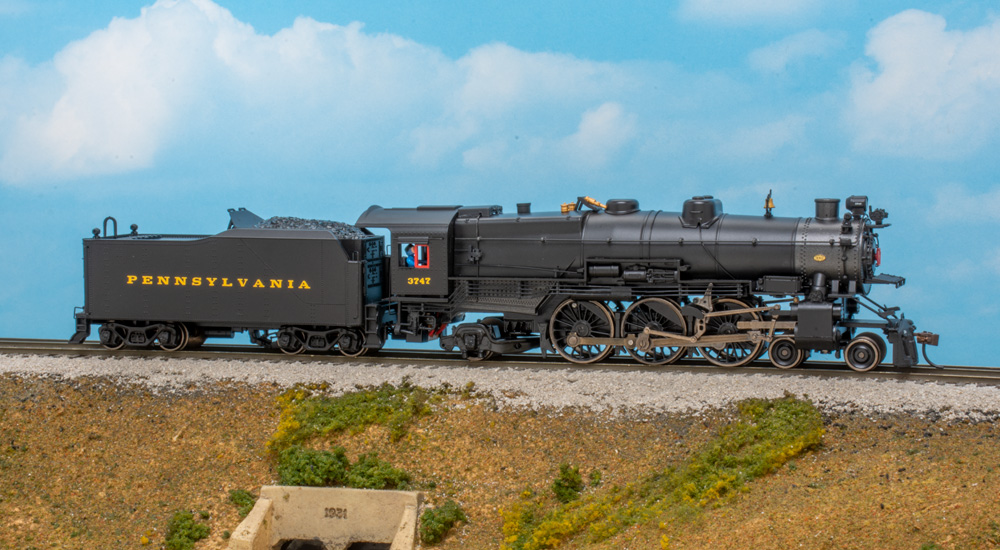
You’ll note that the low end of this table lists minimum radii smaller than most model manufacturers recommend. Little if any HO scale equipment is recommended to operate on curves smaller than 18” radius, and N scale equipment usually recommends a radius of 9.75” or larger. Even if this table says your locomotive should be able to handle smaller radii, don’t count on it.
There’s also the issue of appearance. Even if the manufacturer says your HO scale Big Boy model can handle 14.1875” curves – and yes, at least one manufacturer makes that claim – it’s still going to look unrealistic with its boiler hanging out six or seven scale feet over the side of the curve. Prototype railroads never used curves approaching the sharpness of the ones on our model railroads. The broader a curve is, the better your rolling stock will look – and run – on it.
I hope this answers any questions you might have on steam locomotives and curve radius.






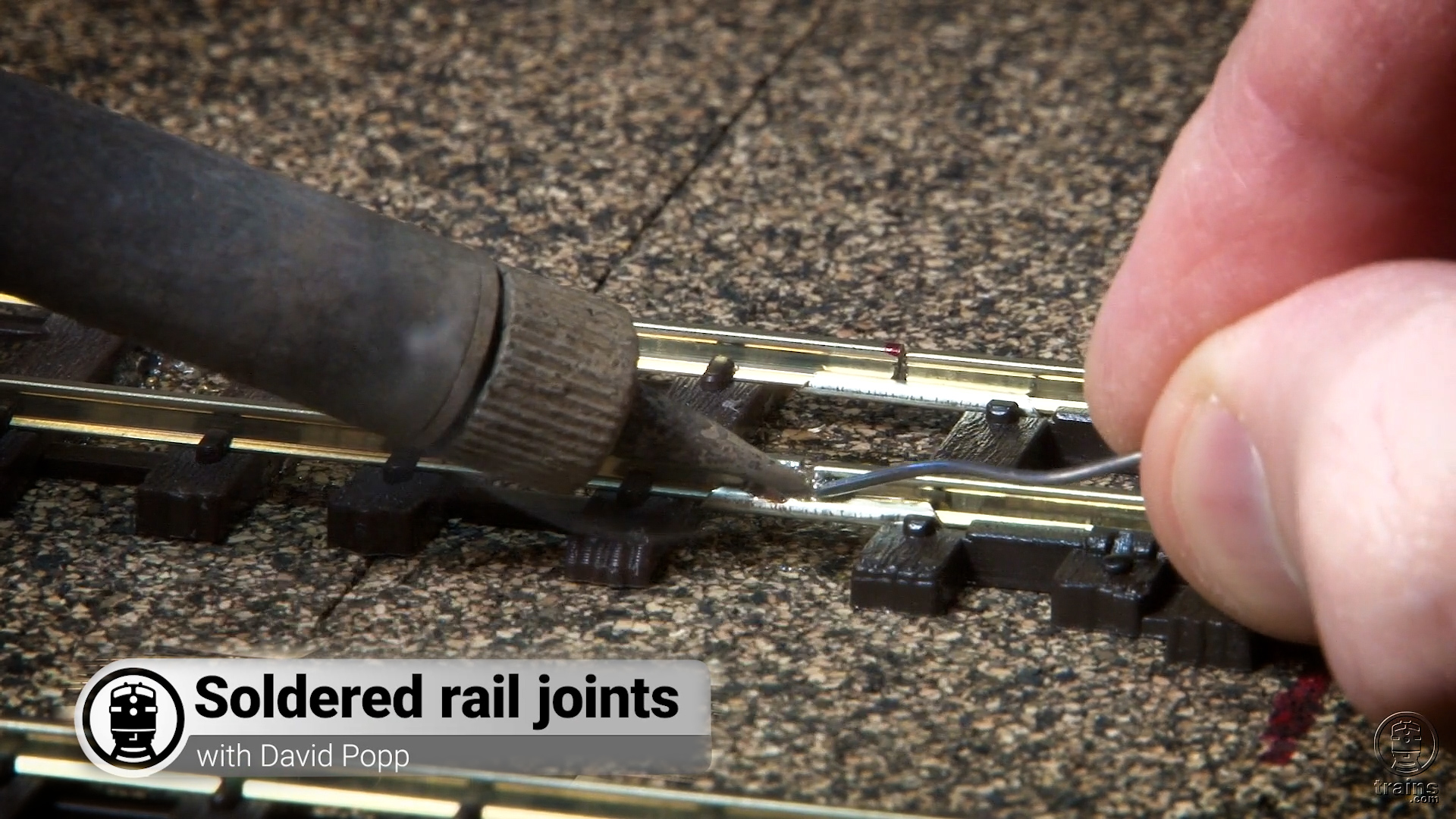
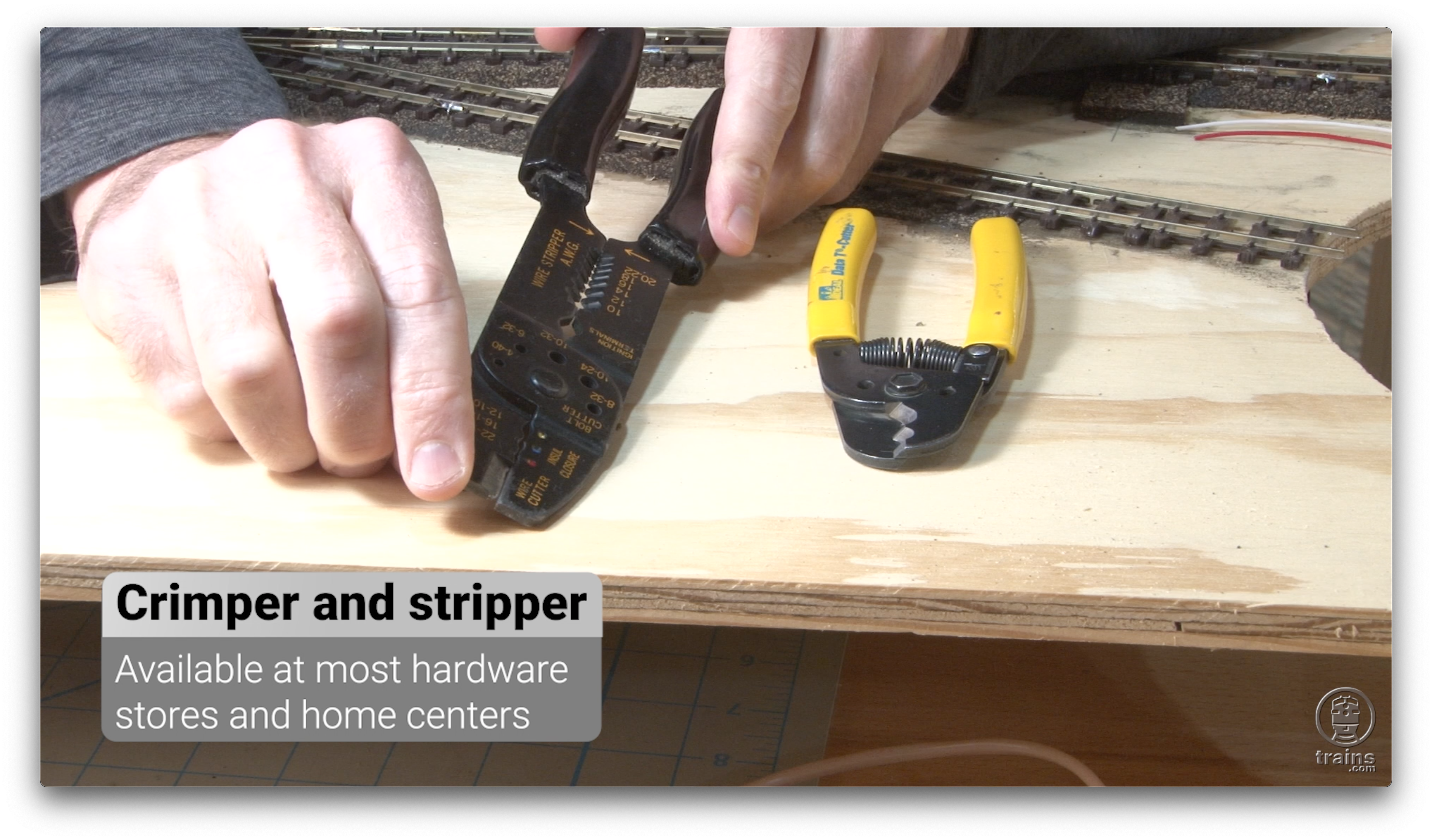
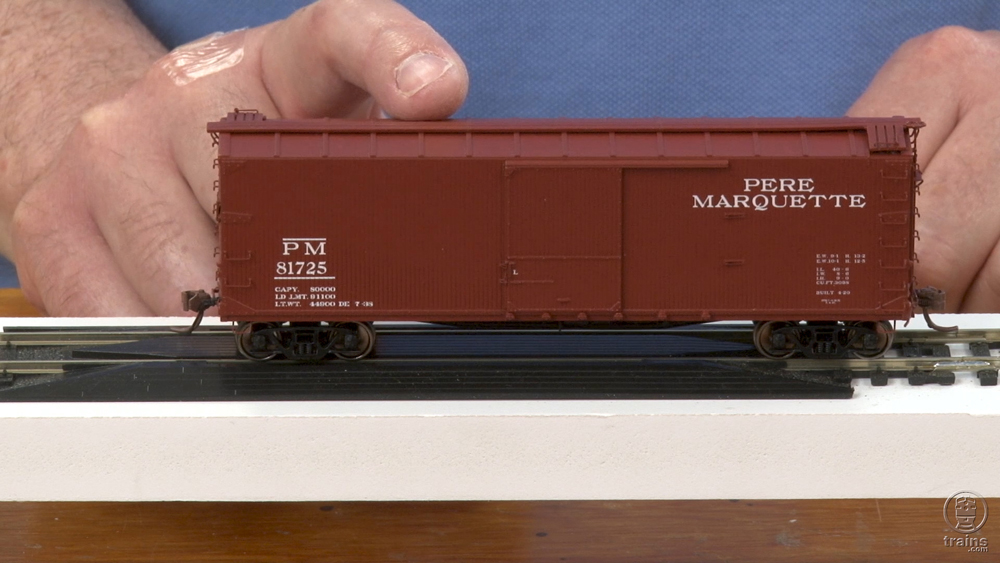
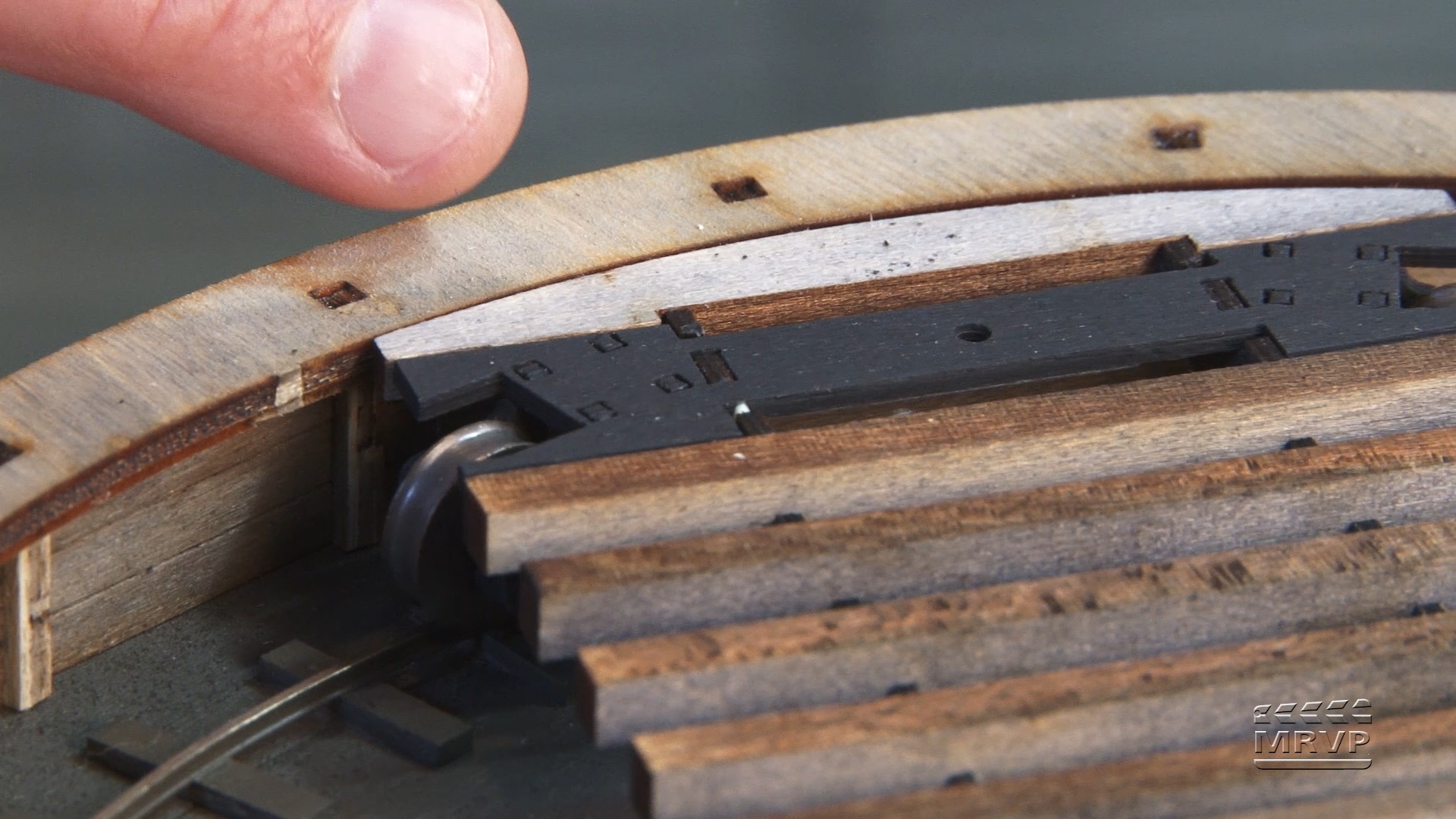




I have an EM1 and tested overhang on a curve. To my surprise it was the cab not the boiler that had the most overhang. As the curve sharpened the overhang exceeded the NMRA gauge width. Are the recommended curves intended to keep overhang within the gauge limits?